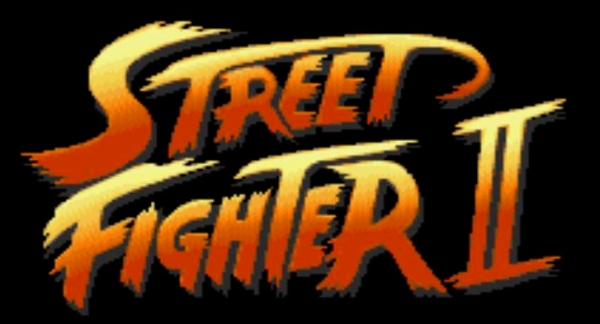
The latest VGC Essay looks at Hollywood’s influence on Street Fighter II (and it’s influence on Hollywood). Here’s a teaser…
Street Fighter II: The World Warrior wasn’t the first fighting game ever released, but it single-handedly helped shape the genre for decades to come.
Capcom’s masterpiece rose to prominence by replacing the small and stiff characters of previous fighting games (including its predecessor, 1987’s Street Fighter) with highly detailed characters that seemed to fly around the screen. Instead of generic fighters clad in traditional karategi uniforms, Street Fighter II starred a diverse group of characters with fantastical “special moves.” And young fans lined up around the block to do battle with “World Warriors” like E. Honda, a sumo wrestler with a lightning-quick Hundred Hand Slap; Zangief, a Russian giant who fought bears; Blanka, a green-skinned prince who controlled electricity; and Dhalsim, a yoga master who breathed fire.
Rather than rest on their laurels, Capcom refined Street Fighter II’s controls and added more characters to the select screen through the release of four subsequent revisions. This parade of improvements (and Street Fighter II’s eventual release on home consoles) helped ensure the game’s status as the biggest fighting game of the early 90s arcade renaissance. By the late 90s, a loosely-connected group of enthusiasts for Street Fighter II began building a “Fighting Game Community” online, which eventually grew to include organized tournaments (like the annual Evo gathering) and a dedicated fandom that could rival any professional sport.
